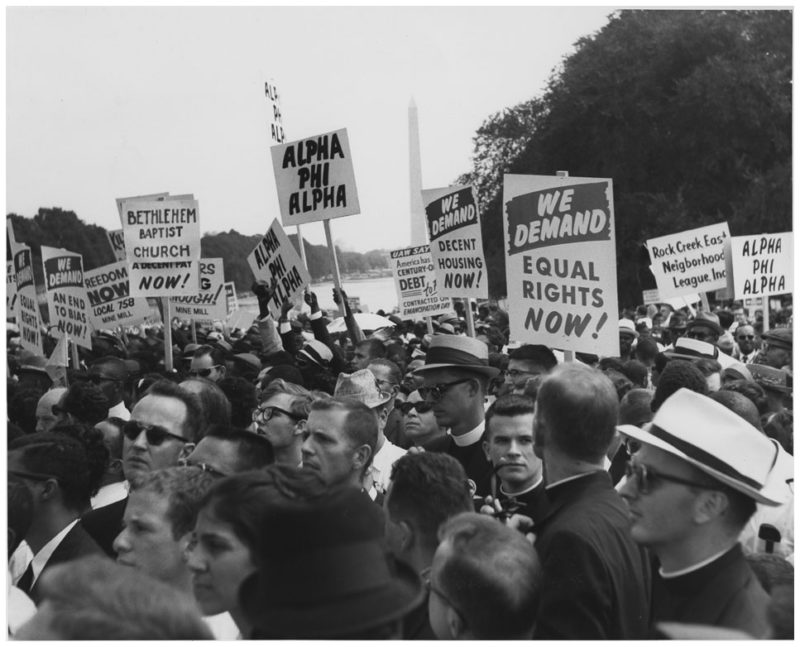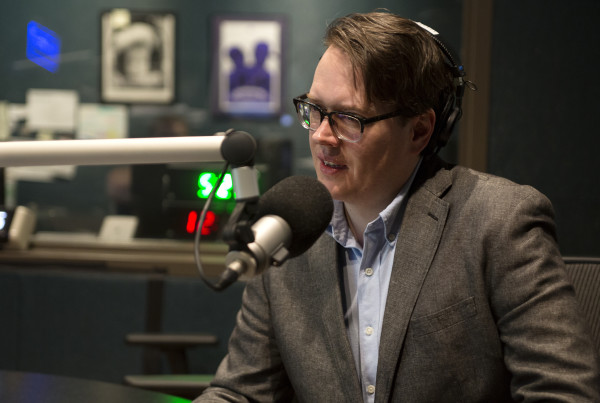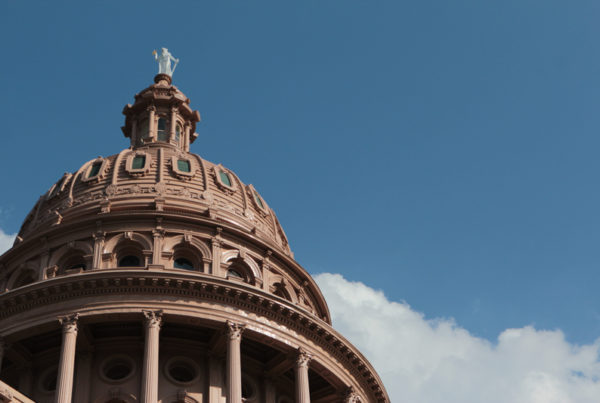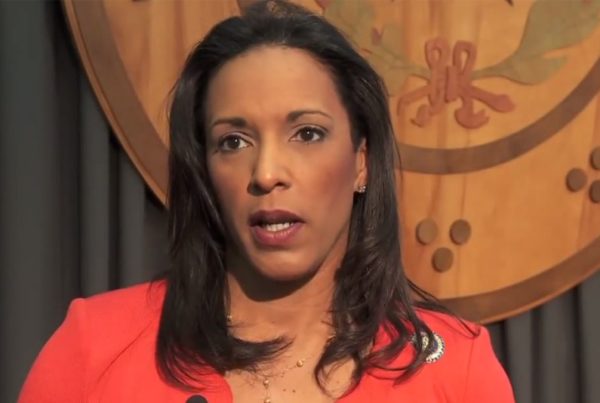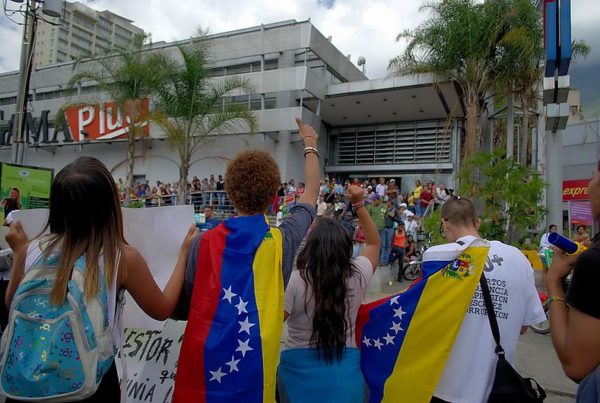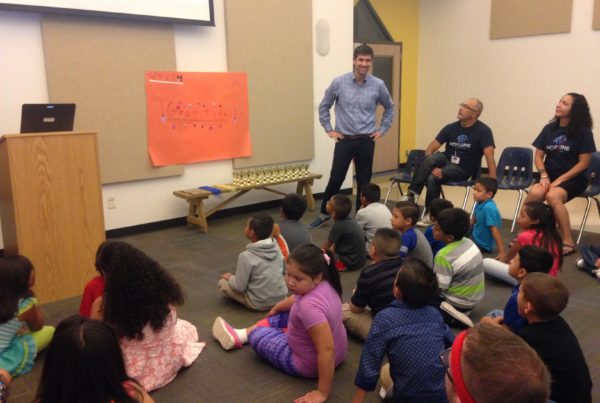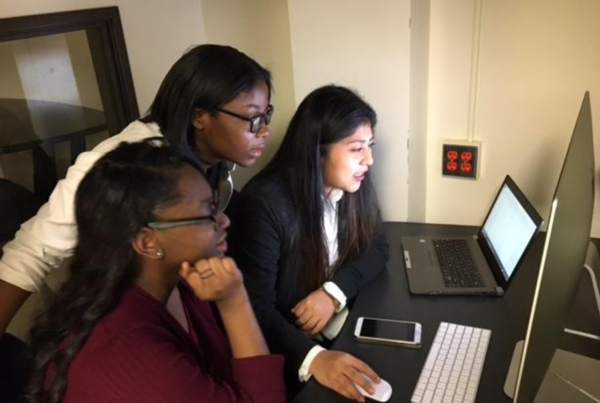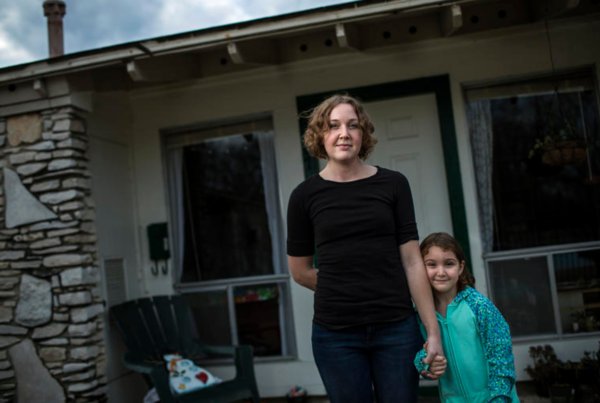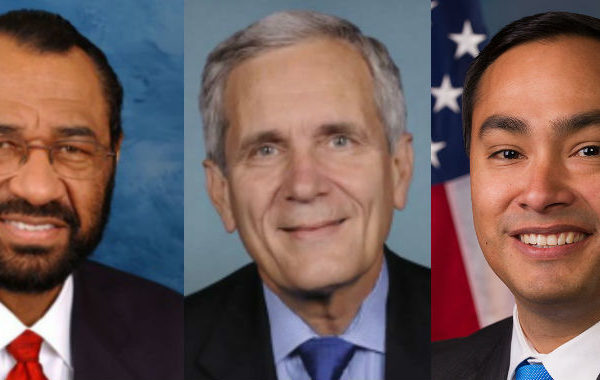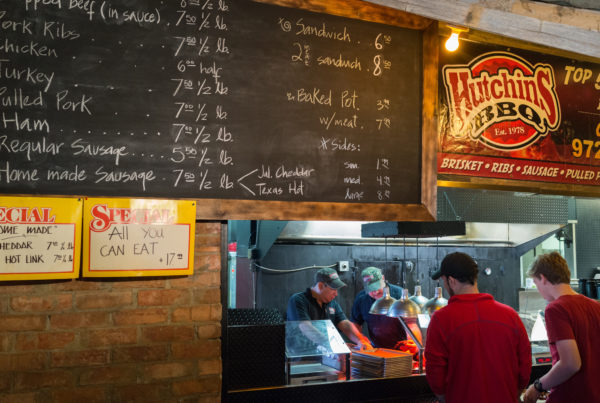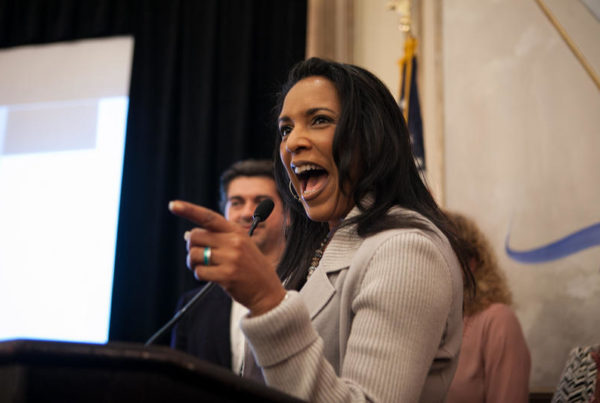Millions of Americans joined together Monday in cities across the country to march in honor of civil rights leader Martin Luther King, Jr. King is remembered for many things including organizing the 1963 March on Washington for Jobs and Freedom where he delivered his “I Have a Dream Speech” in front of more than 200,000 Americans.
Organizers for this weekend’s Women’s March on Washington are expecting a similar turnout in the nation’s capitol, and 600 sister marches are planned throughout the U.S.
Organizers say they want to send a message of equality and solidarity to both the incoming Trump administration and officials from all levels and branches of government.
“We expect elected leaders to act to protect the rights of women, their families and their communities,” reads a press release about the event.
Marches and protests are nothing new in American culture. Whereas some affect long-term change, others fizzle and fade away.
Bill DeSoto, associate professor at Texas State University, says that protests are more spontaneous in nature, while a march is typically more organized and requires a good deal of planning. Both can be politically important and have lasting social consequences.
Marches have three main audiences, DeSoto says. The first is the marchers themselves.
“The idea is to inspire the marchers as Martin Luther King was able to do,” he says.
Public opinion is another target.
“You hope to draw public attention to the issues you’re interested in,” DeSoto says.
DeSoto says marchers also want to make their message known to policymakers in office.
The 1963 March on Washington had a powerful effect on American political history because it gave rise to a profound sense of social injustice.
“This creates a change in sentiment in the country, a sense of injustice, and that’s what the Women’s March is hoping to accomplish,” DeSoto says.
The political consequences of a march can also be fairly immediate.
The Civil Rights Act was passed less than a year after the 1963 March on Washington, and the Voting Rights Act followed two years later.
“While it’s hard to attribute those landmark events to this march, I think it’s definitely arguable that Dr. King helped to create the condition,” DeSoto says.
Only time will tell what impact the Women’s March on Washington has on American political history.
Written by Molly Smith.


